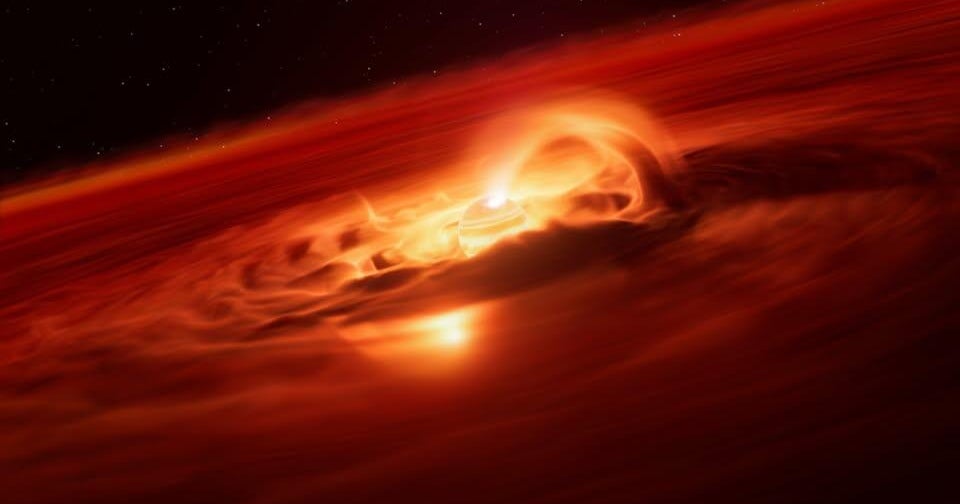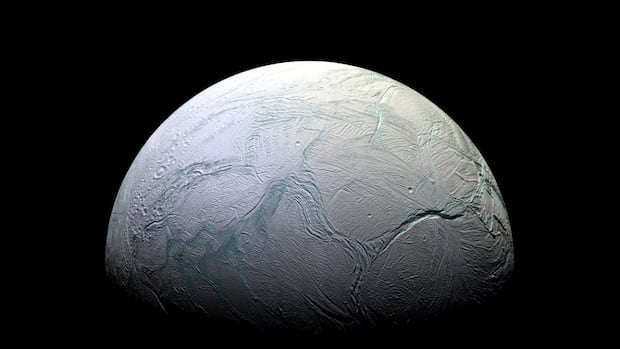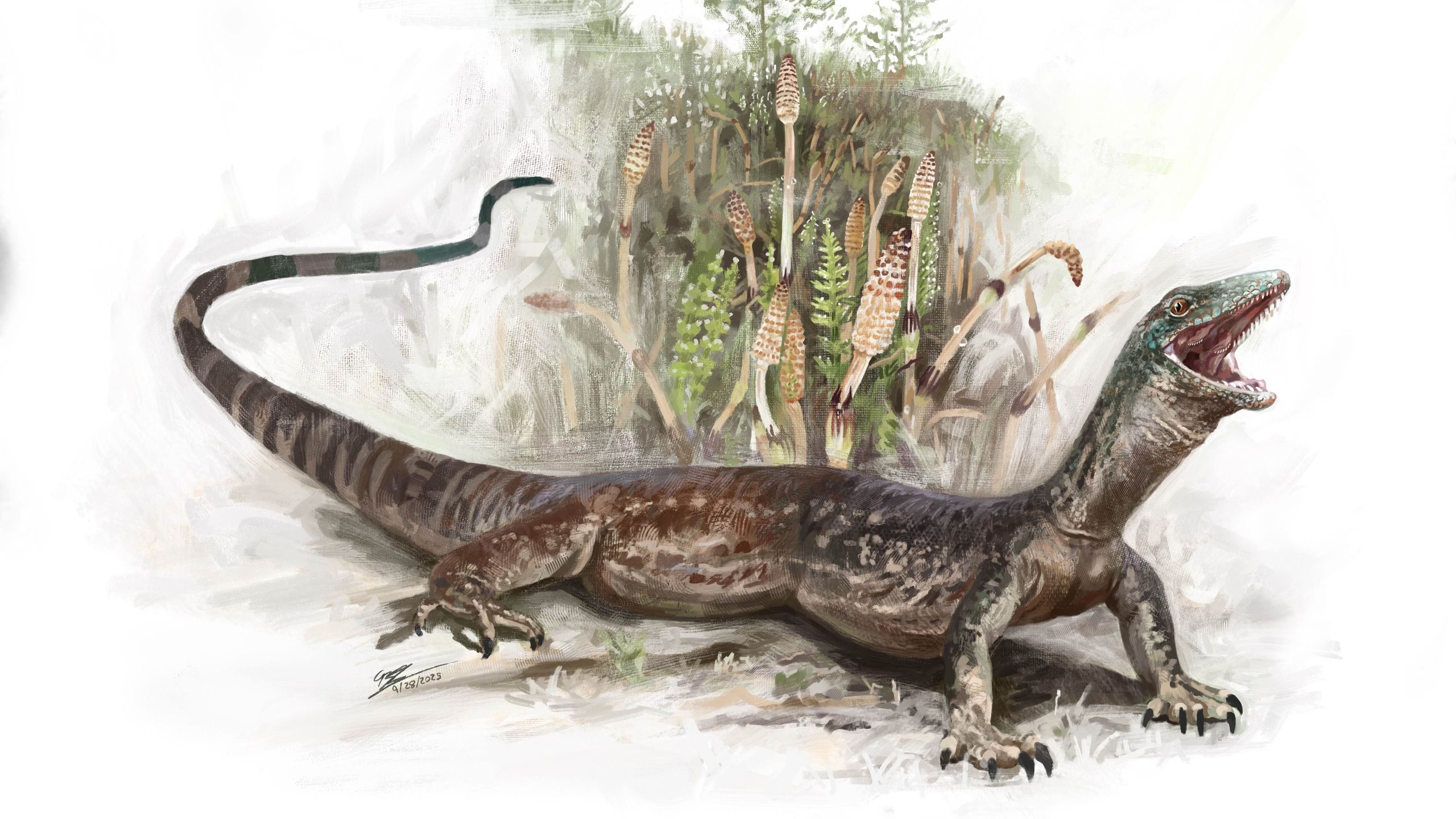Unbelievable Earthquake Discovery: How Calama, Chile Shook the Ground Like Never Before!

Have you ever wondered how deep beneath the Earth’s crust a 7.4-magnitude earthquake can strike and still wreak havoc? In July 2024, Calama, Chile, learned this lesson the hard way as a quake hit, leaving buildings damaged and plunging the city into darkness through widespread power outages.
Chile is no stranger to seismic activity, famously home to the deadliest earthquake in recorded history—a staggering 9.5-magnitude megathrust event in 1960 that triggered a tsunami and claimed thousands of lives. Yet, the recent quake in Calama told a different story, one that defies the patterns we've come to expect from such powerful natural disasters.
Typically, megathrust earthquakes occur at relatively shallow depths, but this quake struck a nerve much deeper—125 kilometers below the surface. You might think that deeper means less damage, but that’s where things got intriguing. Researchers from The University of Texas at Austin have uncovered a fascinating chain of events that supercharged the shaking intensity of this earthquake, as detailed in their recent study published in Nature Communications.
According to lead researcher Zhe Jia, the findings reveal that these intermediate-depth earthquakes are producing much more intense shaking than previously anticipated. “These Chilean events are causing more shaking than is normally expected from intermediate-depth earthquakes and can be quite destructive,” he explained. Their goal? To unlock the mysteries of how these quakes occur to bolster emergency responses and future planning.
Historically, scientists believed that intermediate-depth earthquakes happened due to pressure building up as rock dried out—a process known as 'dehydration embrittlement.' This occurs as a tectonic plate dives into the Earth's hotter mantle, forcing water from the minerals within the rock. But the Calama quake shattered this old assumption by breaching the temperature limit of 650 degrees Celsius, hitting 50 kilometers deeper into hotter regions. This jump was driven by a phenomenon called 'thermal runaway,' where initial rupture friction generates extreme heat, facilitating the rupture's rapid advancement.
“It’s the first time we saw an intermediate-depth earthquake break assumptions, rupturing from a cold zone into a really hot one, and traveling at much faster speeds,” Jia noted, underscoring the groundbreaking nature of this finding.
To piece together the puzzle of the earthquake’s deformation and rupture, the Texas team collaborated with researchers across Chile and the U.S. The integration of seismic data, satellite geopositioning, and computer simulations provided invaluable insights into the earthquake’s mechanics.
Co-author Thorsten Becker said the looming threat of another large earthquake in Chile has spurred urgent research and the establishment of numerous monitoring stations, enhancing our understanding of seismic movements in the region. “Learning more about how earthquakes occur at different depths could help predict the size and nature of future events, guiding infrastructure planning and emergency response systems,” Becker emphasized.
As we uncover the dramatic mechanics behind these earthquakes, one thing remains clear: the ground beneath our feet is more unpredictable than we ever imagined. While we can’t control nature, we can prepare for its surprises, and this earthquake is a timely reminder of that fact.

















